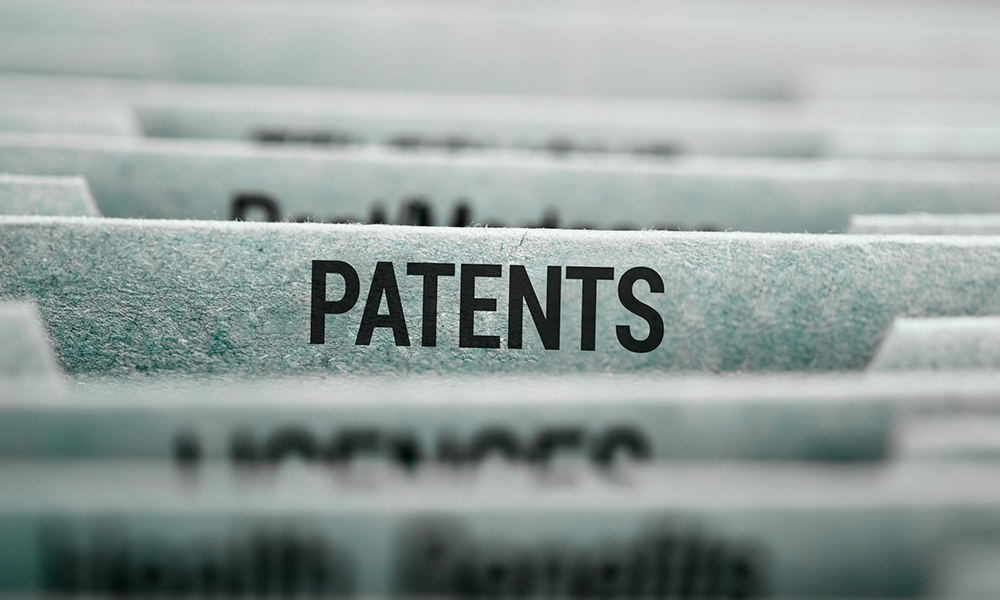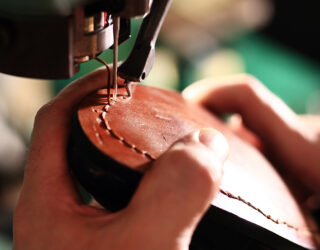The owner of a patent cannot enforce their rights against those who used the invention covered by the patent or made serious preparations for such use before the priority date. To qualify for the “prior use” exception, the third party must have acted in good faith and the preparation acts carried out before the priority date must have been oriented towards real commercial use of the invention.
All of us at the Garrigues IP Blog would like to wish you a very happy new year. We hope that these last two years serve as a springboard for 2022. This seems like the perfect time, then, to talk about one of the scenarios in which (IP wise) the past can prove to be extremely important when facing the future: the right of prior use to counter infringement of patents or utility models.
What is the right of prior use or “pre-use”?
In an earlier blog, we discussed “prior public use” as grounds for opposing the grant of European patents (see here). In addition, a third party’s use of an invention before its registration by another is also relevant to assess patent infringement.
The right of prior use is set forth in article 63 of the current Patents Law of 2015, the wording of which is practically identical to that of article 54 of the earlier Patents Law of 1986. The right of prior use is also applicable to utility models (article 150 of the Patents Law of 2015).
Under the right of prior use, the owner of a patent cannot enforce its exclusive rights against those who have used the invention in Spain or made serious and effective preparations to use it before the patent’s priority date. This is, before the date the patent application was filed or before the priority date of a prior registration claimed in that application.
This is an exception to the ius prohibendi afforded to the patent owner, whose main prerogative is to prohibit third parties from using the patented invention without its consent. Consequently, Spanish law treats the right of prior use as a counterbalance to the first to file principle that governs Spanish patent law, as opposed to the first to invent principle adopted in the past in other jurisdictions, such as the US. As a result, the right of prior use acts as a safeguard so that inventors that failed to file an application (or did so but did not get there first) can still use their own inventions. However, since it is an exception to the exclusive rights conferred on a patent owner, it is a limited right with a restrictive interpretation, and very particular requirements must be met in order for it to apply.
What prerogatives does the right to prior use grant?
Holders of rights of prior use may continue to use inventions – or start using them if they had only prepared to do so – consistently with how they had been doing it or prepared to do, to the extent necessary to attend to the reasonable needs of their businesses.
In addition, the rights of use recognized under the right of prior use cannot be transferred to third parties, except in cases of assignment of the business that was exercising those rights.
What are the requirements for the recognition of a prior use right?
The Spanish courts lay down four requirements to apply the prior use exception, following the case law that commenced with the judgment of the Court of Appeals of Barcelona No. 644/2006, of 6 April 2006:
- Objective identity
The subject matter of the allegedly infringed patent and that of the invention subject to prior use must be conceptually identical. Although slight variations or improvements in design are allowed, both inventions must be conceptually identical (judgment of the Commercial Court of Oviedo No. 10/2014, of 18 January 2014, confirmed on appeal).
- Real intention to use
The activity carried out must constitute use of the invention, or failing this, serious and effective preparations for such use.
The courts are unanimous in that the acts of preparations for the invention’s commercial use must be “serious and effective”; a serious intention to use the invention is not enough. As a result, the use of the invention must be real, or achievable and imminent. The courts have held that actions taken for experimental purposes at the laboratory stage do not constitute serious and effective preparations to use an invention, since at that stage it is still not possible to confirm the product’s industrial and commercial viability (judgment of the Court of Appeals of Barcelona No. 644/2006, of 6 April 2006).
For the same reasons, filing an application to register an invention is not considered to evidence, per se, serious and effective preparations for its use (judgement of the Court of Appeals of Madrid No. 397/2021, of 21 December 2021).
- Good faith
The invention must have been developed and used in good faith. Since good faith is a presumption under Spanish law, it is up to the patent owner to prove that the purported infringer has acted in bad faith.
Consequently, knowingly appropriating a third party’s technical improvements, taking advantage of the fact that an application has not yet been filed, would not be protected (judgment of the Court of Appeals of Valencia No. 201/2012, of 28 May 2012). However, the possibility that the purported infringer may have “copied” the invention is insufficient to find that bad faith exists, unless it can be determined that the owner was the only one who had used or made the invention known to others (judgment of the Court of Appeals of Valencia No. 65/2001, of January 31, 2001).
- Before the priority date
As put forth by the exception’s name, the use must have been “prior”. That is, the use of the invention – together with all the requirements that are necessary to consider that the prior use exception is applicable – must have taken place before the priority date of the allegedly infringed patent.
Does the right of prior use exist for European patents?
Just like patents themselves, the right of prior use is a right limited to a specific territory. As such, its effects must be addressed in light of the requirements established in the legislation of each particular country. In the case of Spain, the right of prior use can be exercised vis-à-vis European patents validated in Spain, provided that use in Spain meets the conditions indicated above.
It should also be noted that article 70 of the European Patent Convention contains a prior use exception in the event of corrections of a translation into Spanish of a European patent that extends its subject matter beyond the protection offered under the initial translation. Thus, any person who has used or has made effective and serious preparations in good faith for a use of the invention that does not constitute an infringement of the patent in accordance with the original translation, may continue such use in the course of their business or for the needs thereof without payment after the corrected translation takes effect.
Polina Shishkunova






